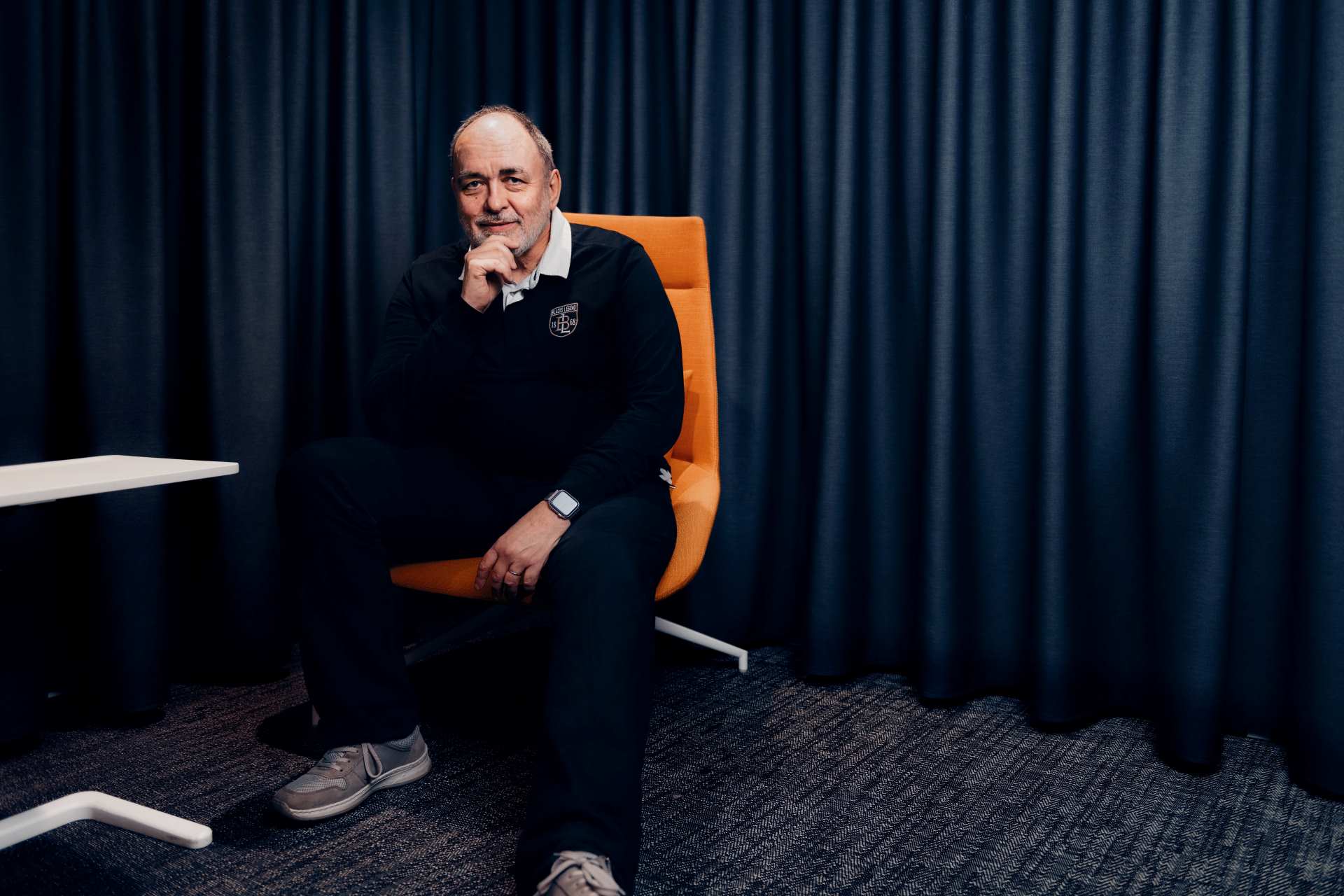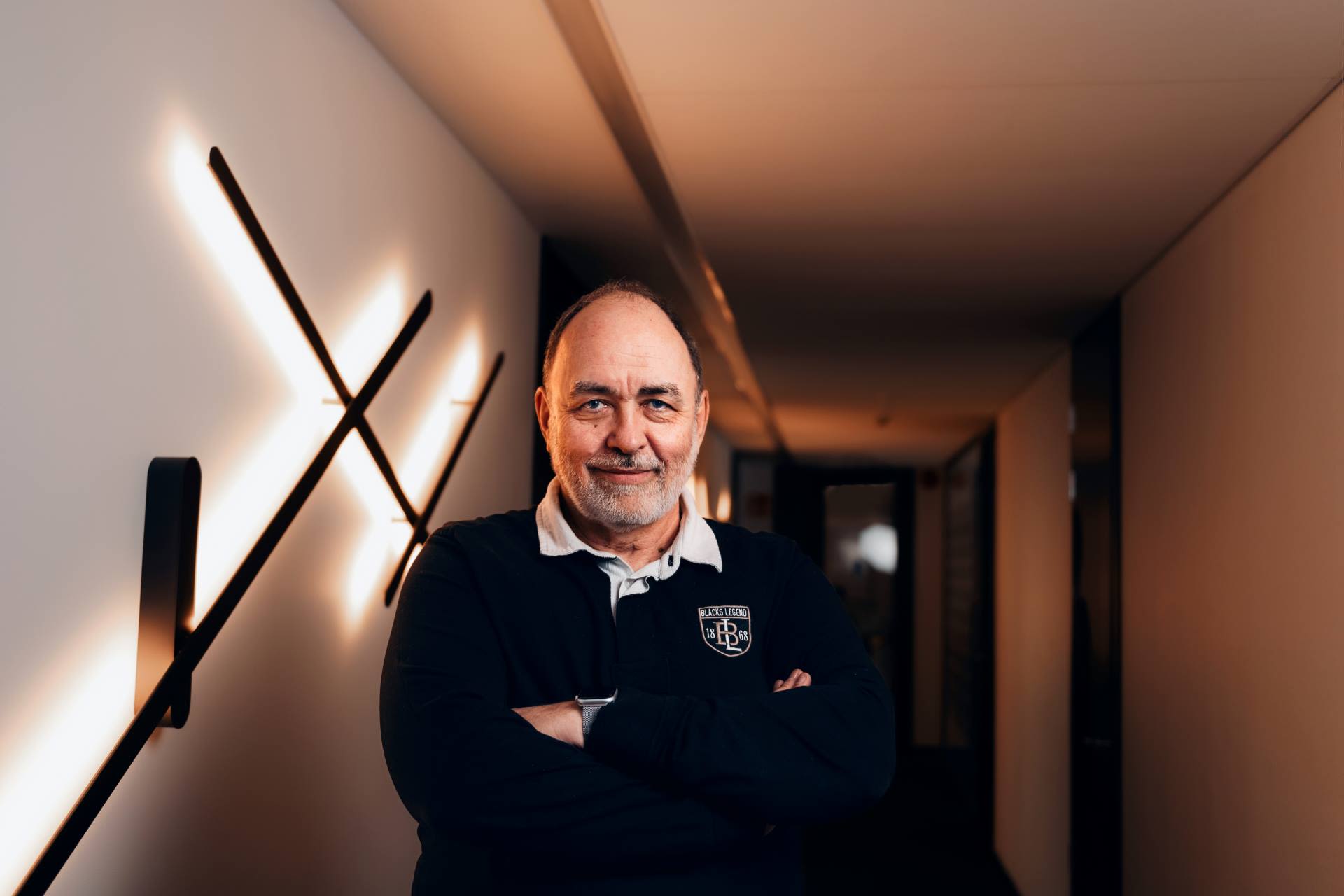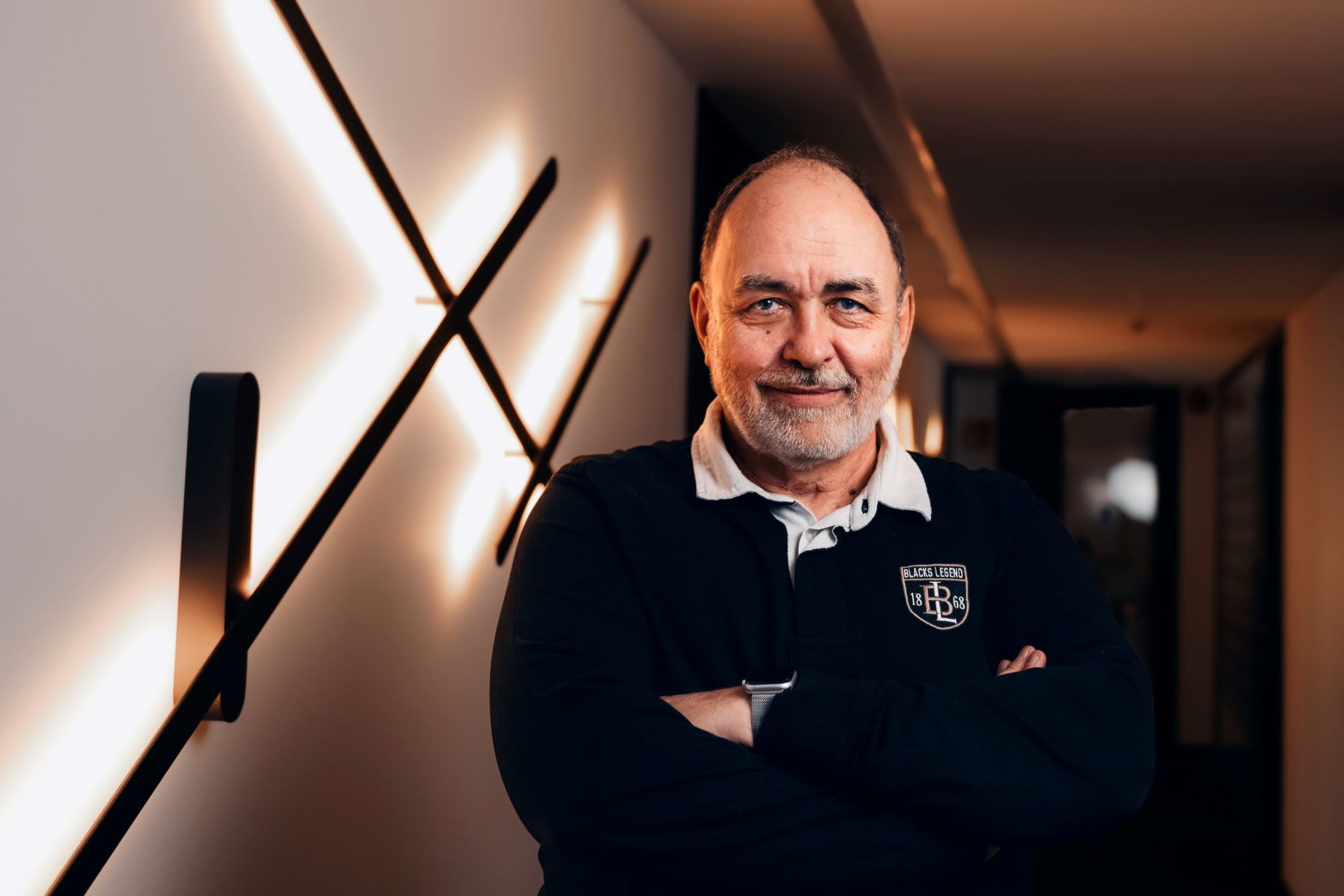“There are certain parts of the system that are very close to the power equipment technologies used in the towers, and they will probably remain as an on-premises solution. There is a relational database in the background, and we use telecommunication Python libraries to communicate with the towers’ virtual power plants”, Hannu Kokko explains.
“We could utilise the lead-based battery technology of the old, but there just aren’t as many possibilities as with virtual power plants built with new lithium-ion technology. And it wouldn’t be nearly as fascinating!”
As the team works on uncharted territory, standardised solutions and ways of operating are not an option.
“The integrations may need to be investigated and researched as there aren’t many standard interfaces. The ability to adapt is crucial as we operate in a multi-vendor world, building a system that needs to operate with a variety of interfaces or hardware connected to it”, Kokko concludes.
For the future
Hannu Kokko has worked for several decades in product development, and he thinks the Smart Energy Solutions team has the most interesting mission in his career in a long, long time.
“The product we are developing has to be reliable and safe in all conditions, and it poses a particular technological challenge. At the same time, the system must support a wide variety of rapidly developing battery technologies and power sources”, Kokko says.
“As a startup, we must move forward every week and build the system architecture with the future in mind. The product grows constantly in all dimensions, in regards to productivity, functionality, and connectivity.”
Kokko estimates that in the future, the capacity of Elisa Distributed Energy Storage is expected to grow up to 150 MWh, making it the largest project of its kind in Europe. With this capacity, Elisa can offer balancing services for Finland’s power grid in addition to optimising its own energy usage. Elisa has been granted NextGenEU funding for the project, enabling accelerated roll-out of the service across its network in Finland.
“Our product is a crucial part of Elisa mission to build a more sustainable future through digitalisation and to serve the whole society by making our energy system greener and more robust. There is also a strong possibility that we can sell the product to other telecom operators – we are developing something that will hopefully become an international standard.”
Curious to hear more about the team? Please, reach out to Pekka Kosonen (pekka.kosonen@elisa.com).


